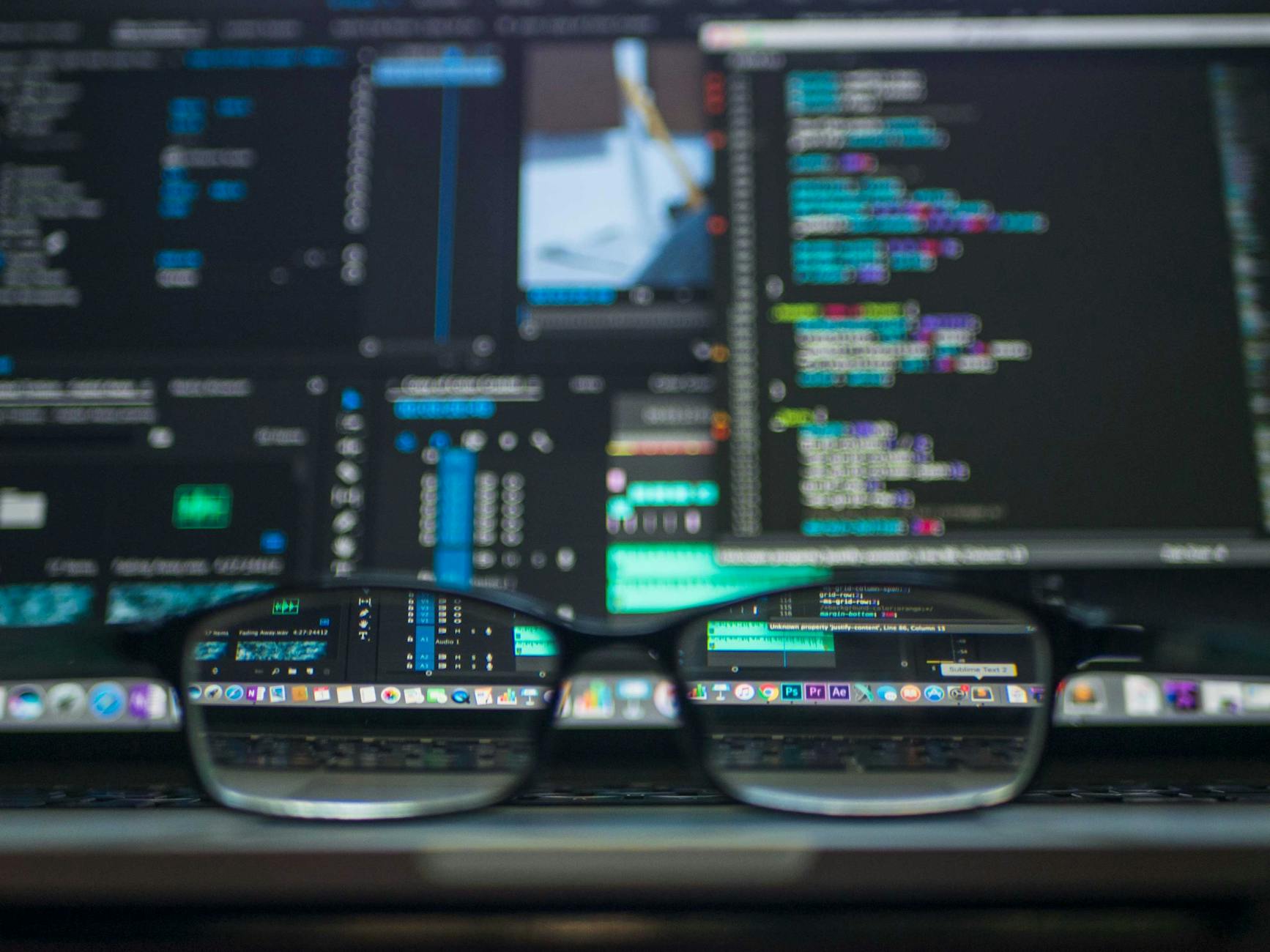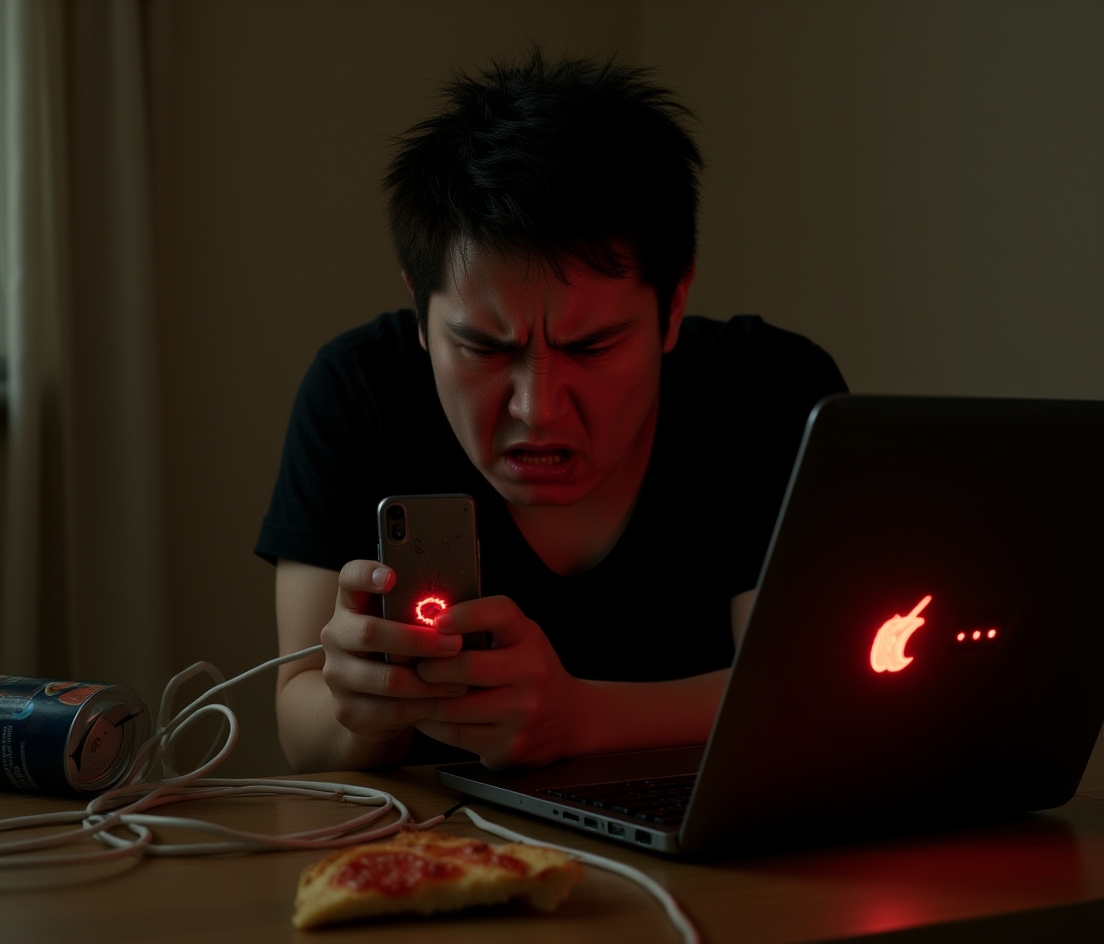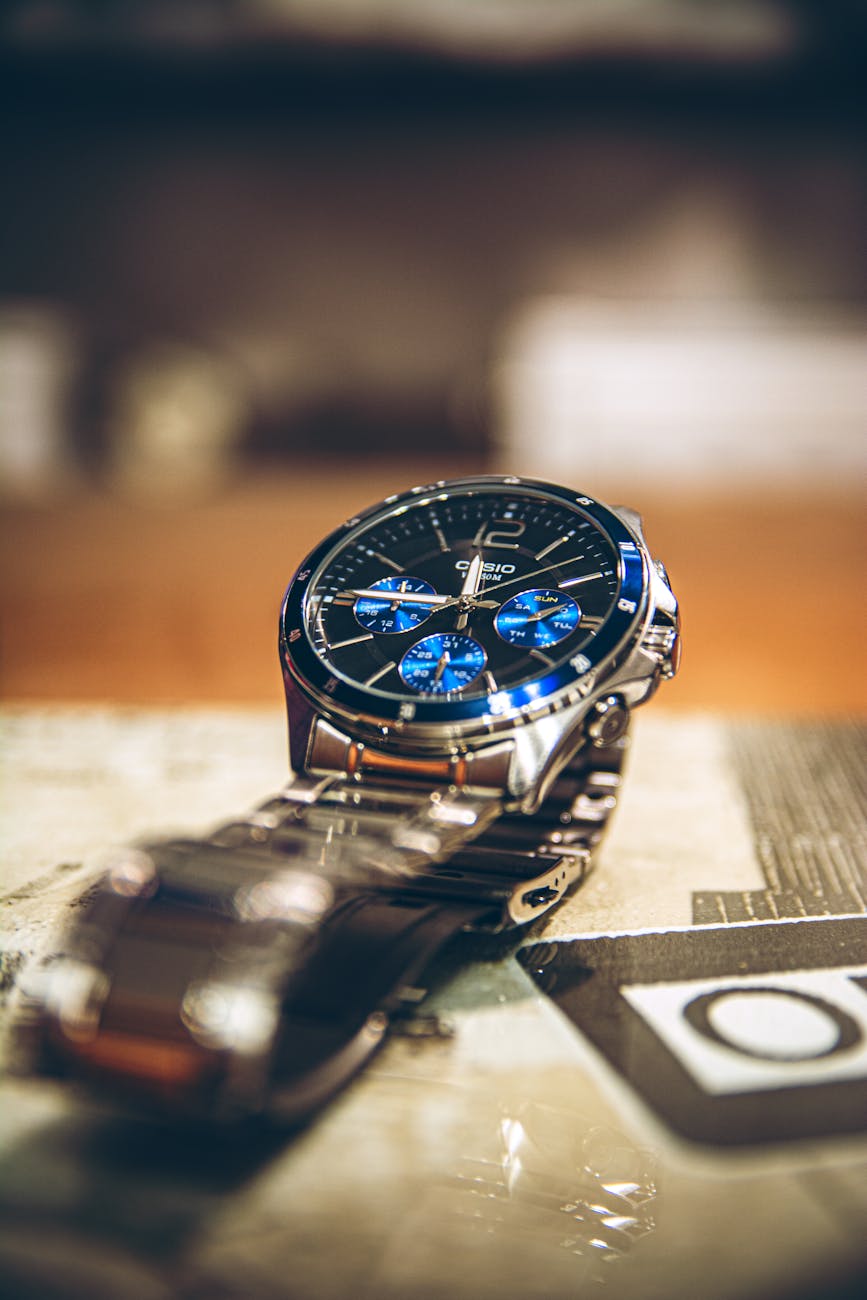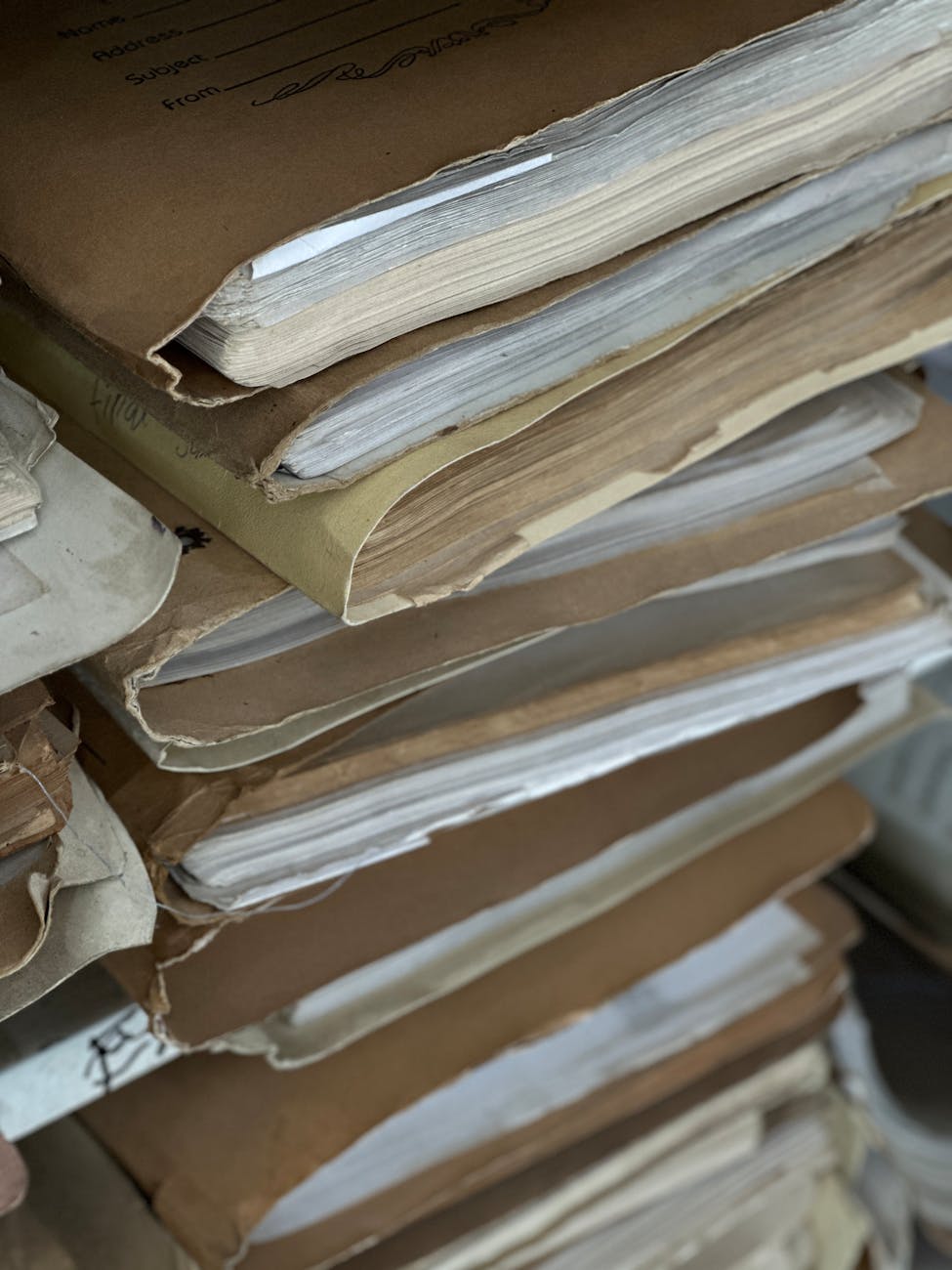Well I still have that huge box of 35mm photos that are negatives, slides and prints that have been sitting for five years waiting for me. Finally getting back to it mainly because of this book project. Amazingly the old Minolta 5400 Dimage Elite still works and connects to the Mac and my Vuescan software is still running but now in 64 bit mode on a Core i5 rather than on a ASUS laptop so everything is way faster. But lots of questions remain. For things that are longer than 6 35mm negative strips, I’m sending that to Scancafe, but the rest I need to index by month and date and year so I have some idea what it all is. So making the workflow, sort through dates, here is what you need to do:
1. Vuescan is still the simplest. I used to be a big fan of lots of tuning, but I think my friend Gary was right, just stuff them in and scan. Right now the looking at sites, 35mm film cameras of that era were really at most 12 megapixel cameras given their lenses which means that a 2700 dpi scan is about right. The actual true resolution of 35mm film is much more than, probably about 5400 dpi, but that introduces lots of noise, so 4000 dpi is just about right. Most of the cameras used were crappy instant cameras, so for space I’m just using JPG as there is no need for huge TIFFs and for instamatic setting it to 2700 dpi and if I know it was a high end processor assuming it was SLR and setting to 5400 dpi.
2. There is not much on the web on color depth, most cameras are 12-bits per color and you can get 14-bits if you use RAW, the traditional JPEGs are in Adobe RGB so are 8-bit color. I use 16-bit color just because and encode in ProPhote color space






